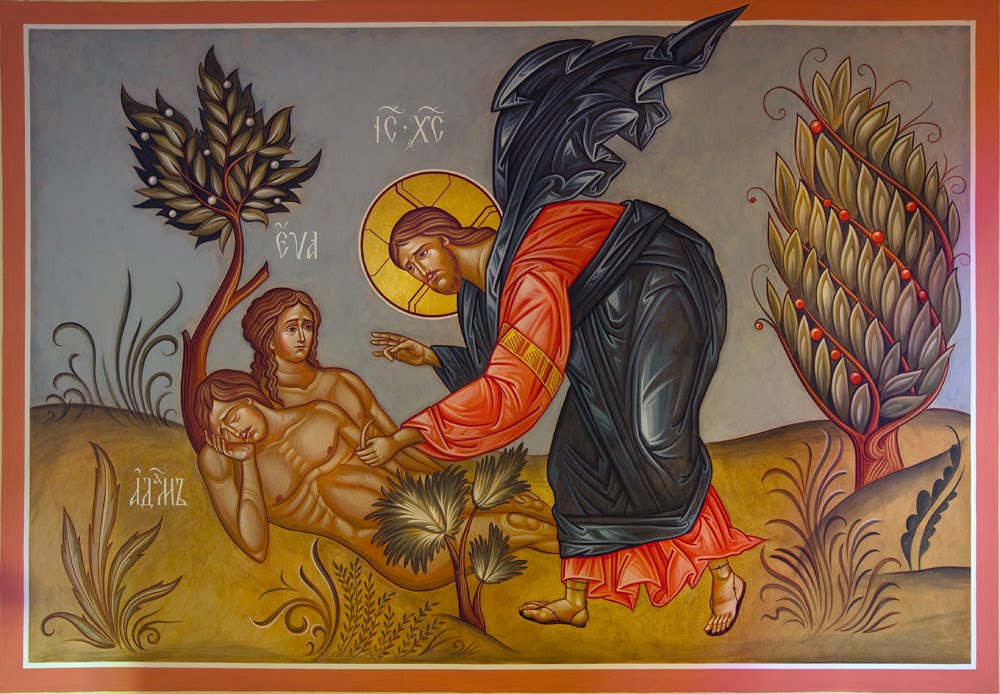Peter Bouteneff on Science and History in Genesis

Unlike many Christians in our day, for example, the fathers generally did not doubt Adam and Eve’s historic existence; Adam was, after all, the root of the key scriptural genealogies. Unlike us, they had no scientific reason to doubt them as the first physical parents of humanity. Thinkers such as Origen, especially, took the literary cues of the biblical narratives as indicating an interweaving of fictive and historical material and pointed out that the “historical” tends to be completely beyond our means either to access or to prove. Yet even he, like the other fathers, when speaking genealogically, looked back to Adam. Taking this for granted, the fathers approached the narratives on the allegorical, typological, and moral levels, milking each for truth and meaning. Whatever their different conclusions about the details and historicity, they saw the narratives as telling the truth about God and created reality, about human sinfulness and the need for redemption, and ultimately about the person and work of Christ, the Son of the Father, anointed by and proclaimed in the Holy Spirit.
The point is not, then, whether the fathers took the seven “days” or Adam to be historical. For the fathers, as for us, the historicity question has much more to do with how narrative, and scriptural narrative specifically, works to convey its message—something that both the fathers and we understand in a variety of ways. As to the end result, however, none of the fathers’ strictly theological or moral conclusions—about creation, or about humanity and its redemption, and the coherence of everything in Christ—has anything to do with the datable chronology of the creation of the universe or with the physical existence of Adam and Eve. They read the creation narratives as Holy Scripture, and therefore as “true.” But they did not see them as lessons in history or science as such, even as they reveled in the overlaps they observed between the scriptural narrative and the observable world. Generally speaking, the fathers were free from a slavish deference to science. Rather their theological and paraenetic approach to the creation narratives left them free to enjoy an unprejudiced scientific inquisitiveness.
That being the case, those of us who seek fidelity to the fathers should likewise refrain from overly conflating Scripture with science, in order to bring realistic expectations to each. This means that we would have no reason to manipulate or ignore scientific findings that do not appear to accord with the Genesis accounts, since they operate on a different register. This separation is important for us because, unlike the fathers, we do have data that would make a sheerly scientific and historical interpretation of Genesis 1–3 well nigh impossible, despite some modern authors’ best efforts. Yet the ever-unfolding data about the size, layout, and probable age of the created world—which goes so far beyond what the fathers knew about it—can give us the same exuberance as it did the early Christian writers: a joyous wonder in mystery and divine providence, and even, at times, a recognition of overlaps with aspects of the scriptural narratives.
If we follow the fathers, we will see the Genesis creation accounts as God’s uniquely chosen vehicle to express his truth about cosmic and human origins and the dynamics of sin and death, all recapitulated and cohering in the person of Christ. However we might reckon the narratives’ relationship to the unfolding of events in historical time, our gaze will be fixed decidedly on the New Adam 1.
-
Peter C. Bouteneff Beginnings: Ancient Christian Readings of the Biblical Creation Narratives, Chapter 6 ↩